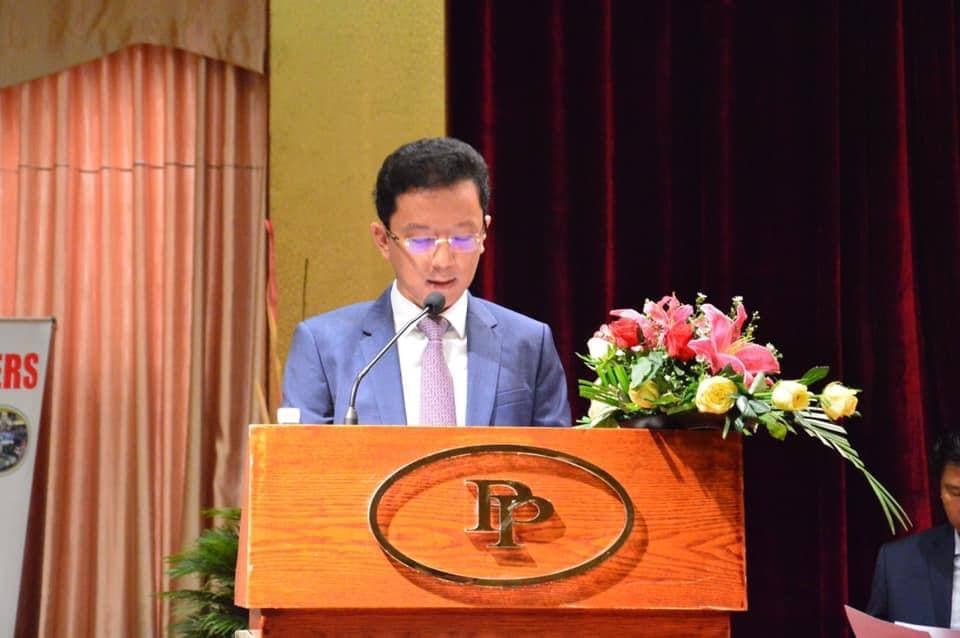SAAMBAT, is for a pro-poor transformative rural development by contributing to addressing the root causes of low rural productivity and limited economic opportunities especially for youth and women in:
- Increasing agriculture labour productivity in face of labour shortage.
- Improving access to technological and soft skills, agricultural production inputs, to markets, finance, and other agriculture value chain activities.
- Increasing non-agriculture rural services or employment.
- addressing climate change risks and strengthening gender equalities and empowerment.
For SAAMBAT, “Poor rural people” means smallholder farmers and landless people whose livelihood is mainly from paid labour. “Poor rural people” also include people who have low incomes or are vulnerable to climate change and economic shocks, not only people who have ID-Poor cards.
SAAMBAT may help a business owner (who is not poor) to expand her or his business. The expanded business employs more workers, including youth – men and women, who come from poor households.

File Download: SAAMBAT GOALS Objective and Outcomes
| Outcomes | Outputs | Indicators |
| 1. Increase poor rural people’s benefits from market participation | – 80% of Households reporting improved physical access to markets
– 160,000 Households reporting improved physical access to markets – 25% increase in roadside businesses – 50% increase in traffic – 40% of infrastructure sub-projects incorporating climate-adaptive design features – 100% of the productive and market infrastructures still used and sustainable after project yr 6 – Households reporting a significant reduction in the time spent for collecting water or fuel |
|
| 1.1 Access Roads: Year-round access roads built in the areas of intervention | (1). 565 km of Roads constructed, rehabilitated, or upgraded | |
| 1.2 Other value chain infrastructure facilities constructed | (2). 13 Market facilities constructed/rehabilitated
(3). 9 collecting points for agricultural produce (4).10 landing facilities for river ferries or transports |
|
| 2. Increase poor rural people’s productive capacities | – 4,500 rural youth employed
– 85 enterprises – 30% enterprise with women leaders |
|
| 2.1.1 Number of rural youths trained in Technical Skills and supported to develop businesses | (3). 6,840 youth trained in technical skills
(4). 500 young entrepreneurs trained and supported to develop business.
|
|
| 2.2.1 Digital Literacy and Adoption of Digital Technology | (5). 5,000 of persons trained in digital literacy
(6). 5,000 of persons participating in technology adoption sub-projects |
|
| 2.2.2 Digital Innovations for the Rural Economy | (7). 1 KAS Core Platform Developed
(7.1). 5 Applications tested and rolled out with grant funding (8.1). 12,500 Users (10). 10 Applications supported by Challenge Fund reaching testing stage (10.1). 12,500 Users |
|
| 2.3.1 Feasibility Study on Wholesale Markets | (11). 1 Wholesale markets feasibility study completed | |
| 2.3.2 Policy Guidance Notes | (12). 5 Policy-relevant knowledge products completed |

